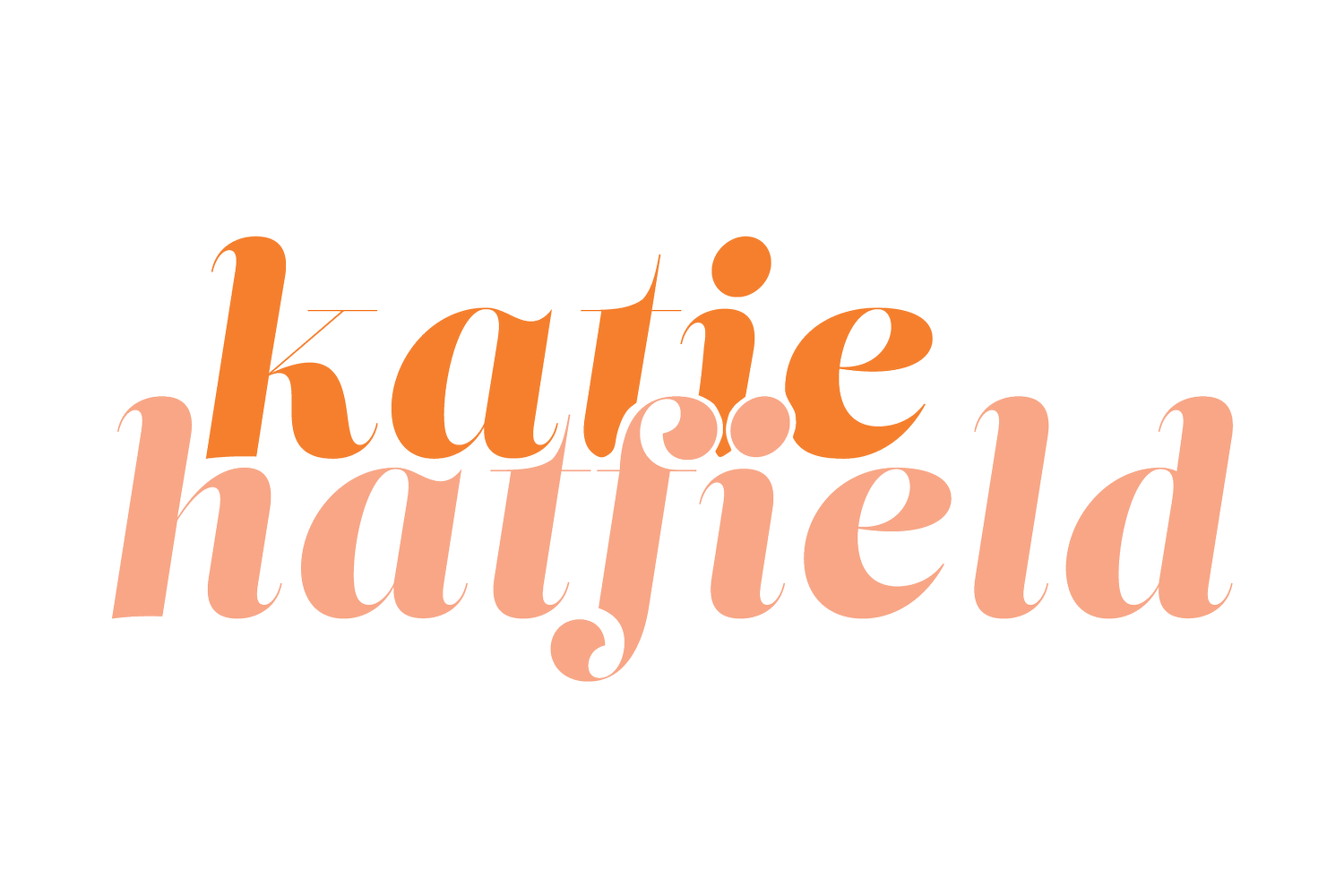DYE JOURNAL - MADDER
Welp, this week I had some lovely surprises in the dye pots. I decided to do some tests with madder root extract. I’ve always had a weird relationship with madder, mostly because I didn’t know much about it. I’ve gained a little more knowledge about madder this summer and am now feeling a bit less wary of this dyestuff. Here are the results from my diluted madder bath:
So lovely! L to R, top to bottom: 1st extraction (unmodified), 2nd extraction (unmodified), alkaline modifier, acidic modifier, iron modifier.
Details:
- Dye method: cooked immersion dye method
- Water used: rain water (pH of 7)
- Mordant: alum sulfate
- Materials to Dye Stuff Ratio (by weight): 25:1
- Materials dyed: 5 small material bundles are in each dye pot. Materials include wool and cotton yarn, cotton silk, cotton lawn, kona-like cotton, organic cotton sateen and Belgian linen.
- Extraction Time: the dye is extracted for at least an hour on active heat (low/medium). Material bundles are added to the pot and dyed for at least 2 hours (still on active heat and sachet bag of dye stuffs included). Materials are left to steep and cool overnight in the bath.
- Modifiers: after my initial dye bath, I modify 3 of the material bundles— one acidic modifier (lemon juice), one alkaline modifier (soda ash) and one iron sulfate modifier. These baths sit on active heat (low/medium) for about an hour.
(one material bundle will remain unmodified and the last remaining bundle will be put into the initial dye bath for a second extraction to test for levels of exhaustion.)
Surprisingly bright! Most folks use madder to get deep, pure reds. If that’s your goal, you’ll want to use a 1:1 ratio of materials to dyestuff. Reds aren’t usually a part of my palette, which is why I chose to try out a diluted bath. I can always get behind some bold oranges and poppy colors!
Until next time, folks!
— KB

